Home>Garden Essentials>How Long Does It Take For A Daisy To Grow From A Seed
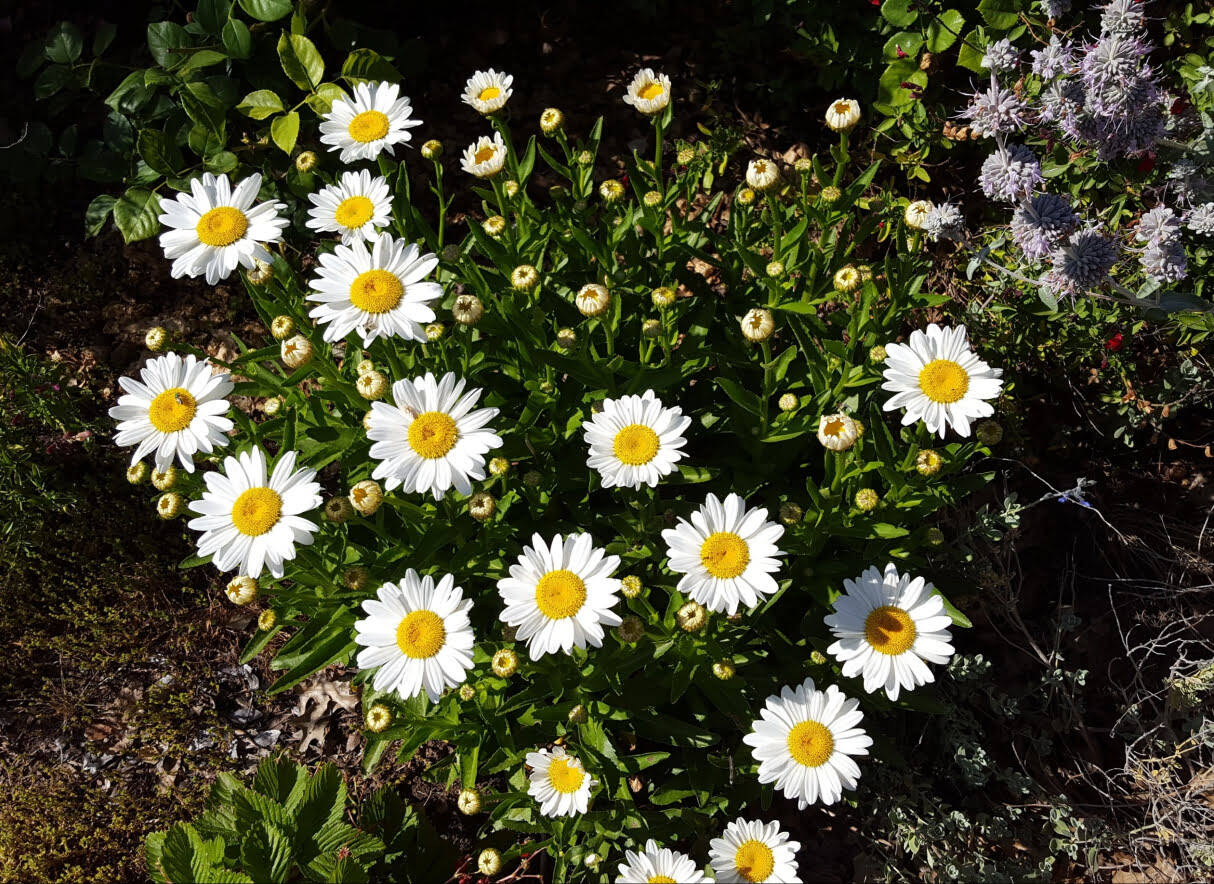

Garden Essentials
How Long Does It Take For A Daisy To Grow From A Seed
Modified: March 16, 2024
Discover the time it takes for a garden daisy to grow from seed. Explore the fascinating journey from planting to sprouting and blooming.
(Many of the links in this article redirect to a specific reviewed product. Your purchase of these products through affiliate links helps to generate commission for Storables.com, at no extra cost. Learn more)
Introduction
Welcome to the world of gardening! If you’re a plant enthusiast or someone who enjoys the beauty of flowers, you may have considered growing daisies from seeds. Daisies are lovely, delicate flowers that add a touch of charm and elegance to any garden or floral arrangement. Watching a tiny seed transform into a vibrant and flourishing plant is a gratifying experience that many gardeners find incredibly rewarding.
In this article, we will explore the process of growing daisies from seeds from start to finish. We will discuss the germination process, the factors that can influence germination time, the ideal conditions for growing daisies, and the timeline for seedling development. Additionally, we will cover the different growth stages of a daisy plant and address common challenges that gardeners may encounter.
So, grab your gardening tools and let’s dive into the world of daisy seed germination!
Key Takeaways:
- Daisy seeds typically germinate within 10-14 days in optimal conditions, but patience is key as some varieties may take longer. Factors like temperature, moisture, and light influence germination time.
- Providing daisies with ideal growing conditions, such as sunlight, well-draining soil, and proper watering, can help them thrive. Be mindful of common challenges like low germination rates and pests.
Germination of Daisy Seeds
The germination process is an essential stage in the life cycle of a daisy plant. It refers to the sprouting of the seed and the emergence of a new seedling. To kickstart this process, daisy seeds require specific environmental conditions to be met.
The first step in germinating daisy seeds is to prepare a suitable growing medium. You can use a well-draining seed-starting mix or a combination of peat moss and vermiculite. Fill a small pot or seed tray with the growing medium and moisten it lightly, making sure it is not waterlogged.
Next, sow the daisy seeds evenly over the surface of the growing medium. Cover them lightly with a thin layer of soil or vermiculite. Daisy seeds are small, so avoid burying them too deeply as they need light to germinate. Pat the soil gently to ensure good seed-to-soil contact.
After sowing, place the pot or tray in a warm location with indirect sunlight. The optimal temperature for germinating daisy seeds is around 65-75°F (18-24°C). Avoid exposing them to extreme temperatures or direct sunlight, as this can hinder germination.
Keep the growing medium consistently moist, but not overly saturated. Mist the surface with water as needed to maintain the right level of moisture. Using a plastic dome or a clear plastic bag can help create a humid environment that promotes germination.
With proper care, daisy seeds typically begin to germinate within 10-14 days. However, it’s important to note that germination time can vary depending on the daisy species and environmental conditions. Some daisy varieties may take longer to sprout, so it requires patience and consistent monitoring.
Once the seeds have germinated, remove the plastic dome or bag to provide airflow around the seedlings. Continue to provide adequate water and light to support their growth.
Now that we have covered the process of germinating daisy seeds, let’s explore the factors that can influence the germination time.
Factors Affecting Germination Time
The germination time of daisy seeds can be influenced by various factors. Understanding these factors can help optimize the germination process and improve the success rate of seedling development.
1. Temperature: Temperature plays a significant role in seed germination. Most daisy species prefer a temperature range of 65-75°F (18-24°C) for optimal germination. Temperatures above or below this range can delay or inhibit germination. It’s essential to provide a consistent and suitable temperature during the germination period.
2. Moisture: Adequate moisture is crucial for the germination of daisy seeds. The growing medium should be moist but not waterlogged. If the soil is too dry, the seeds may fail to germinate. On the other hand, excessive moisture can lead to rot and fungal diseases. Finding the right balance is essential to ensure successful germination.
3. Light: Daisy seeds generally require light to germinate. Avoid burying the seeds too deep when sowing them. Instead, lightly cover them with a thin layer of soil or vermiculite. This allows the seeds to receive the necessary amount of light for germination. Placing the containers in a well-lit area or using grow lights can also help provide sufficient light during the germination process.
4. Seed Quality: The quality of the daisy seeds can influence germination time. It is advisable to obtain seeds from reputable sources to ensure their viability. Fresh seeds generally have a higher germination rate compared to older ones. Checking the expiration date of the seeds and storing them properly can also help maintain their viability.
5. Seed Treatment: Some daisy seeds have hard outer coats that can inhibit germination. To overcome this dormancy, you can perform seed scarification or stratification techniques. Scarification involves scratching or nicking the seed coat to allow moisture to penetrate. Stratification involves subjecting the seeds to a period of cold temperature to simulate natural winter conditions. These treatments can help expedite the germination process for certain daisy species.
By considering these factors and providing the optimal conditions, you can significantly improve the germination time of daisy seeds. Now, let’s move on to discussing the ideal growing conditions for daisies.
Ideal Growing Conditions for Daisies
Daisies are hardy plants that can thrive in a variety of growing conditions. However, providing the ideal environment can help ensure vigorous growth and abundant blooms. Here are some factors to consider when creating the perfect conditions for your daisies:
1. Sunlight: Daisies are sun-loving plants and require at least 6-8 hours of direct sunlight each day. Choose a location in your garden that receives ample sunlight to promote healthy growth and vibrant flowers.
2. Soil: Daisies prefer well-draining soil with a pH level between 5.8 and 7.0. Amend heavy clay soils with organic matter, such as compost or aged manure, to improve drainage. Loose and fertile soil allows the roots to establish and expand, supporting robust plant growth.
3. Watering: While daisies are drought-tolerant once established, they still require regular watering, especially during prolonged dry periods. Water deeply, ensuring the soil is evenly moist but not waterlogged. Avoid overhead watering to prevent foliar diseases. Mulching around the base of the plants can help retain moisture and suppress weed growth.
4. Temperature: Daisies are typically cool-season plants, thriving in temperatures between 60-75°F (15-24°C) during the day. They can tolerate a light frost, but prolonged exposure to freezing temperatures can damage the plants. In regions with hot summers, provide partial shade or afternoon shade to prevent heat stress.
5. Air Circulation: Good air circulation is important for preventing fungal diseases, such as powdery mildew. Planting daisies with ample spacing between them allows air to flow freely and reduces the risk of diseases. Avoid crowding them with other plants or objects that hinder air movement.
6. Fertilization: Daisies are not heavy feeders, but a balanced fertilizer can promote healthy growth and profuse blooming. Apply a slow-release fertilizer or organic compost in early spring and again in mid-summer. Follow the instructions on the fertilizer package for proper application rates.
By providing these ideal growing conditions, you can create a favorable environment for daisies to thrive. Now that we have covered the conditions for growing daisies, let’s explore the timeline for seedling development.
Daisies typically take 7-14 days to germinate from seeds, and then another 8-12 weeks to grow into mature plants. Keep the soil moist and provide plenty of sunlight for best results.
Time Frame for Daisy Seedling Development
Once daisy seeds have germinated, they will go through various stages of development before maturing into full-grown plants. Understanding the timeline for daisy seedling development can help you track their progress and anticipate their needs. Here are the general milestones you can expect:
1. Seedling Stage: After germination, the daisy seeds will quickly develop into seedlings. Within the first two weeks, you should start to see small, delicate leaves emerging from the soil. The seedlings will begin to establish their root systems and develop their first true leaves, which look different from the initial seed leaves.
2. Vegetative Growth: During this stage, which typically lasts for 4-6 weeks, the seedlings will continue to grow and put all their energy into foliage development. The stem will elongate, and the leaves will become larger and more robust. This vegetative growth is crucial for establishing a strong foundation for the plant.
3. Bud Formation: As the seedlings mature and enter their second or third month, they will start to develop flower buds. Flower buds resemble small, rounded structures that gradually enlarge and take on the distinct characteristics of the daisy variety. The time it takes for buds to form varies depending on the specific daisy species and growing conditions.
4. Blooming Stage: Once the flower buds have reached their full size and burst open, the daisy plants will enter the blooming stage. This is the most exciting and visually rewarding phase of their development. The blossoms will showcase the classic daisy shape, with vibrant petals radiating from a central disk. The blooming period can last for several weeks or even months, depending on the specific daisy species and environmental factors.
5. Seed Production: After the flowers have finished blooming, they will begin to wither and produce seeds. The petals will drop off, and the remaining seed head will develop and mature. This stage is essential for replenishing the daisy population in your garden. Once the seed heads have matured, you can collect the seeds for future planting or leave them to self-sow and create new daisy plants.
It’s important to note that the timeline provided above is a general guideline. The exact duration of each stage can vary depending on several factors such as the daisy variety, growing conditions, and care provided. Observing your daisy plants closely and maintaining optimal growing conditions will help ensure healthy development and a beautiful display of flowers.
Now that we have explored the time frame for daisy seedling development, let’s move on to the different growth stages of a daisy plant.
Growth Stages of a Daisy Plant
A daisy plant goes through several distinct growth stages, each marked by specific changes in its appearance and structure. Understanding these stages can help you better care for your daisy plants and appreciate the beauty of their growth journey. Here are the key growth stages of a daisy plant:
1. Seed Germination: This is the starting point of a daisy plant’s life cycle. After the seeds have germinated, tiny seedlings emerge from the soil and begin to grow their first set of leaves. At this stage, the plant’s focus is on establishing its root system and preparing for further growth.
2. Vegetative Growth: During the vegetative growth stage, the daisy plant puts its energy into developing a strong root system and growing lush foliage. The stem elongates, and the number of leaves increases. The plant gathers nutrients and converts sunlight through photosynthesis to fuel its growth. This stage is crucial for building a healthy foundation for the plant.
3. Buds and Flower Development: As the daisy plant continues to mature, it will start to produce buds. These small, tightly formed structures gradually develop into the distinct flower heads that daisies are known for. Buds grow larger and expand, revealing the colorful petals and central disk that make up the daisy’s signature bloom.
4. Flowering Stage: This is the pinnacle of a daisy plant’s growth. As the flower buds open fully, the daisy plant bursts into a vibrant display of petals radiating from a central disk. The flowers attract pollinators, such as bees and butterflies, and fill the garden with a delightful fragrance. The length of the flowering stage can vary depending on the daisy species and growing conditions, but it is typically a period of several weeks.
5. Seed Production: After the flowers have bloomed and started to fade, the plant shifts its focus to seed production. The remaining flower heads undergo a transformation as the petals fall away, leaving behind seed heads. These seed heads contain the seeds that will ensure the plant’s survival and may produce new daisy plants in the future.
6. Dormancy: During certain seasons or adverse conditions, daisy plants may go into a period of dormancy. This is a natural survival mechanism where the plant conserves energy and slows down growth. The aboveground parts of the plant may wither or die back, while the roots remain alive underground, ready to sprout new growth when conditions become favorable again.
Understanding the growth stages of a daisy plant allows you to appreciate the intricate journey it undergoes. By providing the right care, you can help your daisies flourish and enjoy their vibrant displays of blooms year after year.
Now that we have explored the growth stages of a daisy plant, let’s discuss some common problems and challenges you may encounter when growing daisies from seeds.
Common Problems and Challenges in Growing Daisies from Seeds
While growing daisies from seeds is a rewarding experience, it can come with its fair share of challenges. Understanding and addressing these common problems can help you overcome obstacles and ensure successful growth. Here are some challenges you may encounter when growing daisies from seeds:
1. Low Germination Rate: Sometimes, daisy seeds may have a low germination rate, meaning only a portion of the seeds will successfully sprout. This can be due to factors such as poor seed quality or unfavorable environmental conditions. To improve germination rates, ensure that you are using fresh, high-quality seeds and providing the ideal germination conditions, including proper temperature, moisture, and light.
2. Damping Off: Damping off is a common fungal disease that affects young seedlings. It causes the seedlings to wilt and eventually die. To prevent damping off, ensure good air circulation, avoid overwatering, and use well-draining soil. If damping off occurs, remove affected seedlings promptly and adjust your watering practices to prevent further spread.
3. Competition from Weeds: Weeds can compete with daisy seedlings for nutrients, water, and sunlight, hampering their growth. Keep the planting area free of weeds by regularly removing them or using natural mulch to suppress weed growth. Take care when weeding to avoid damaging the delicate daisy seedlings.
4. Pests and Diseases: Daisies can be susceptible to pests such as aphids, snails, and slugs. These pests can damage the foliage and flowers. Monitor your plants regularly and take appropriate measures, such as handpicking or applying organic pest control methods, if an infestation occurs. Additionally, keep an eye out for common diseases like powdery mildew, which can affect the leaves. Proper spacing, good air circulation, and avoiding overhead watering can help prevent these issues.
5. Transplanting Shock: When transplanting daisy seedlings outdoors, they may experience shock due to the change in environment. To minimize transplanting shock, harden off the seedlings by gradually exposing them to outdoor conditions over a period of time. This helps them acclimate to the new environment and reduces stress.
6. Insufficient Light: Daisies require ample sunlight to thrive. Insufficient light can lead to weak, leggy plants with reduced flower production. Ensure your daisy seedlings receive at least 6-8 hours of direct sunlight each day. If outdoor conditions are not optimal, consider using grow lights or placing your daisies in a sunnier location.
By being aware of these common problems and taking proactive measures, you can overcome challenges and cultivate healthy, beautiful daisies from seeds. Remember to monitor your plants regularly and provide adequate care to promote their growth and resilience.
Now that we have addressed common challenges in growing daisies from seeds, let’s wrap up our discussion.
Conclusion
Growing daisies from seeds can be a fulfilling and rewarding experience. From the germination process to the various growth stages, nurturing daisy plants allows you to witness the beauty and wonder of nature unfolding right before your eyes. By understanding the factors that influence germination time, providing the ideal growing conditions, and addressing common challenges, you can increase your chances of success and enjoy a flourishing garden filled with vibrant daisies.
Remember to start with high-quality seeds, provide the right amount of light, temperature, and moisture, and ensure good air circulation for your daisy seedlings. Be patient and allow the seedlings to develop into healthy plants, following the growth stages from seedling to mature daisy. Along the way, be mindful of potential issues such as low germination rates, damping off, competition from weeds, pests, diseases, and transplanting shock. Vigilance, proper care, and timely interventions when needed will help you overcome these challenges and maintain the health of your daisy plants.
As you witness your daisy plants develop from tiny seeds to blooming, vibrant flowers, remember to take a moment to appreciate the wonders of nature and the joy that gardening brings. Daisies not only add beauty to your garden but also attract beneficial insects, contribute to a healthy ecosystem, and provide a sense of tranquility and natural beauty.
So, roll up your sleeves, prepare your gardening tools, and embark on the journey of growing daisies from seeds. Experience the thrill of watching the seeds sprout, the delight of seeing the flowers bloom, and the satisfaction of creating a stunning oasis in your garden. Enjoy the process, learn from the challenges, and celebrate the beauty of daisies in all their glory.
Happy gardening!
Frequently Asked Questions about How Long Does It Take For A Daisy To Grow From A Seed
Was this page helpful?
At Storables.com, we guarantee accurate and reliable information. Our content, validated by Expert Board Contributors, is crafted following stringent Editorial Policies. We're committed to providing you with well-researched, expert-backed insights for all your informational needs.
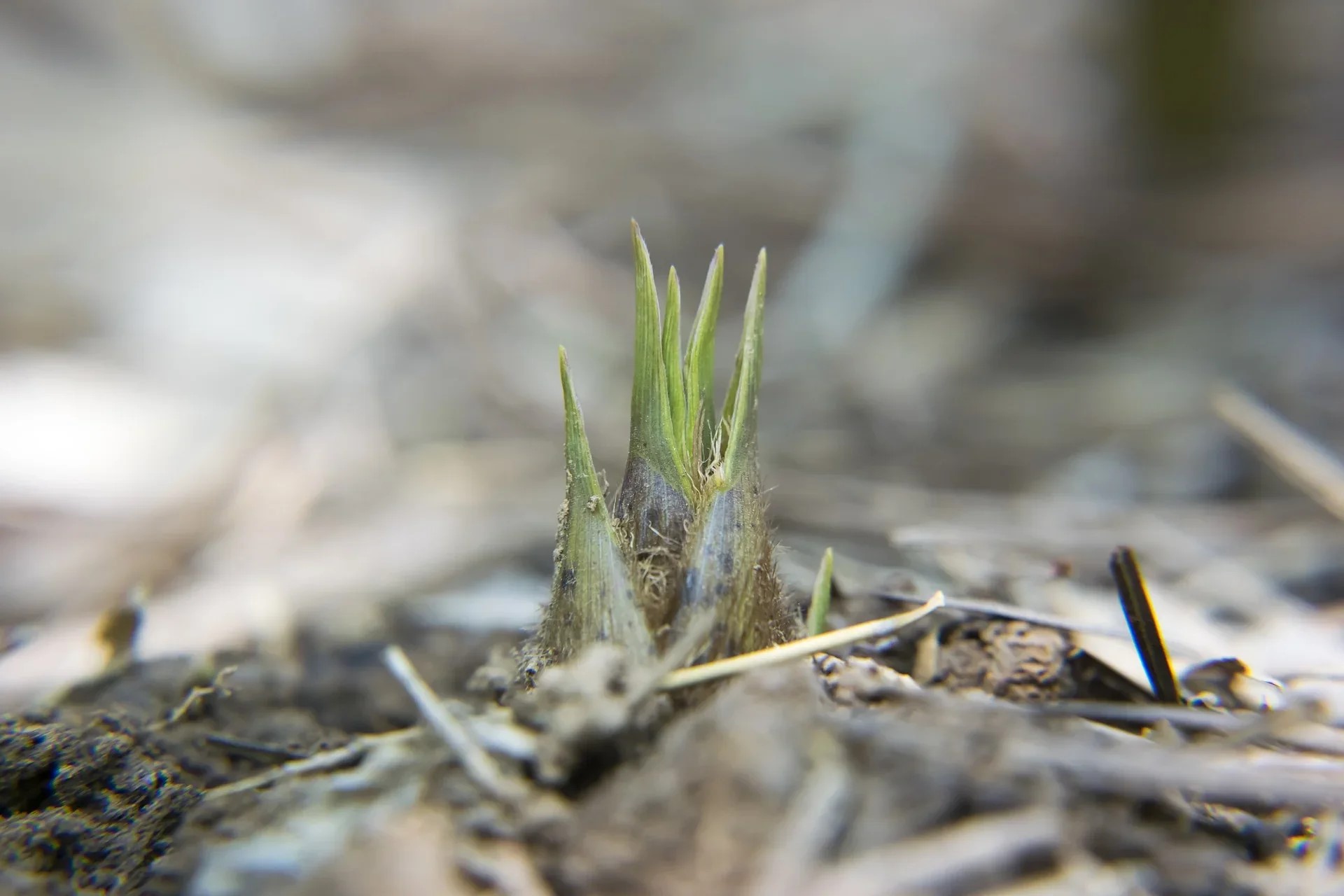
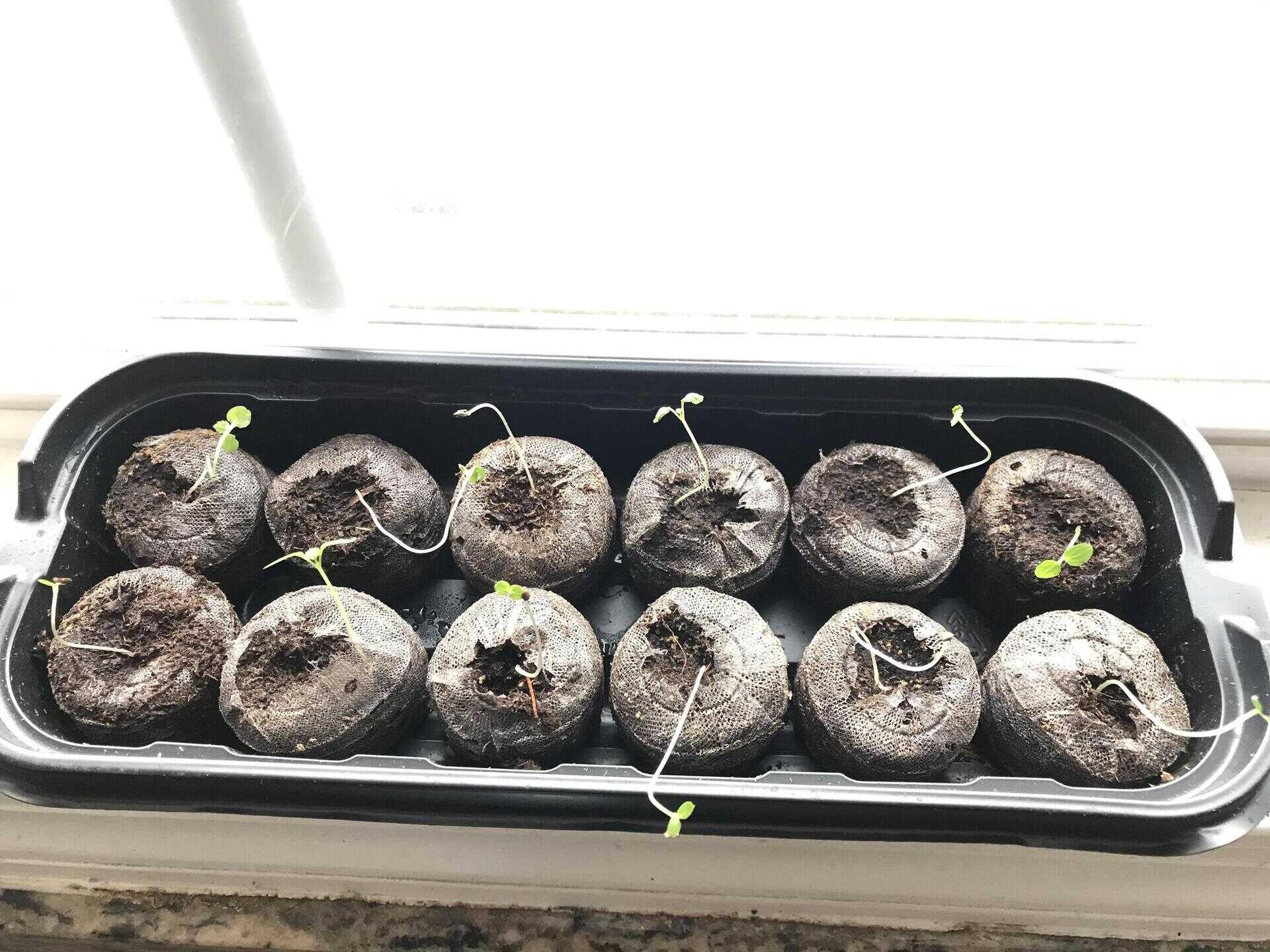
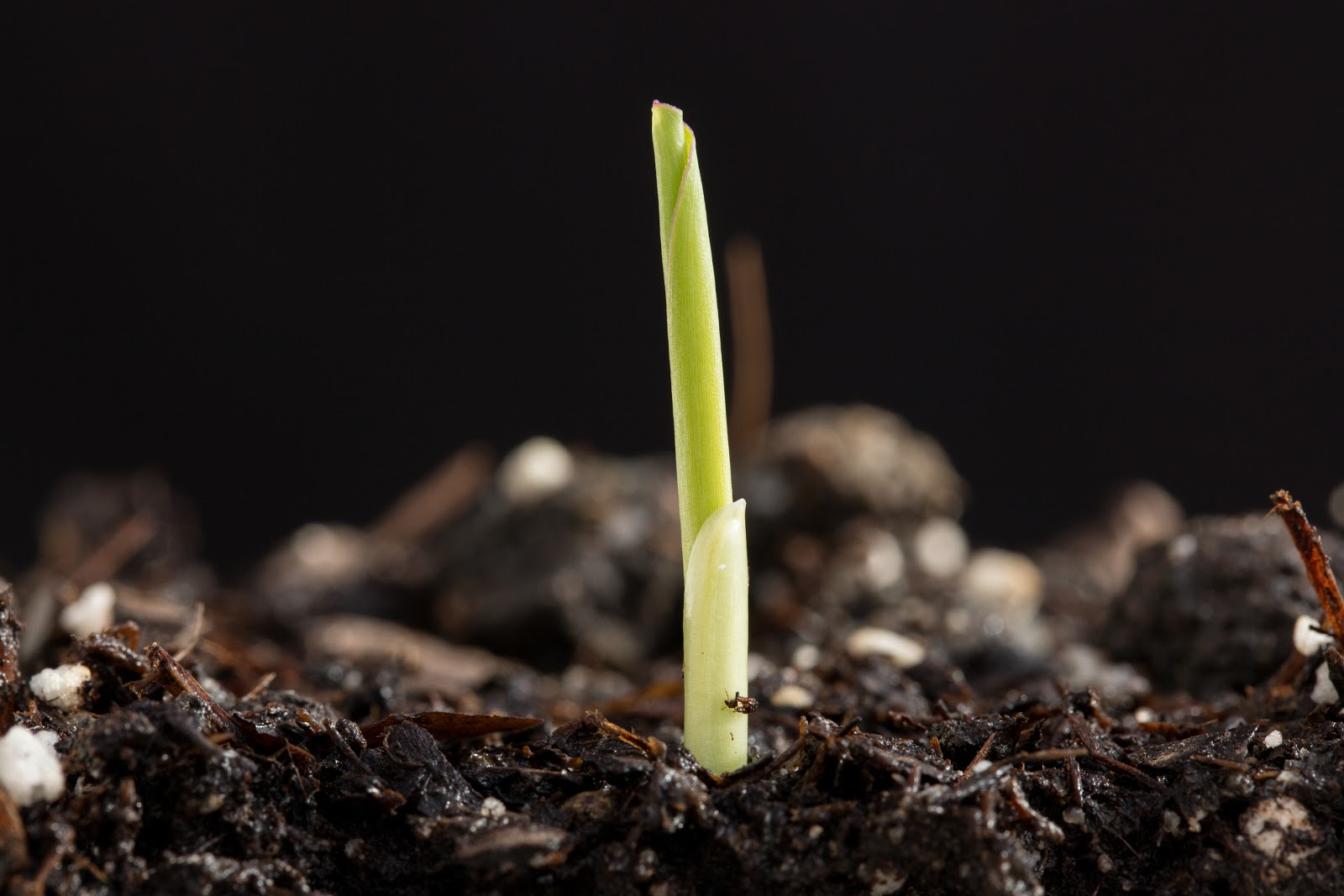
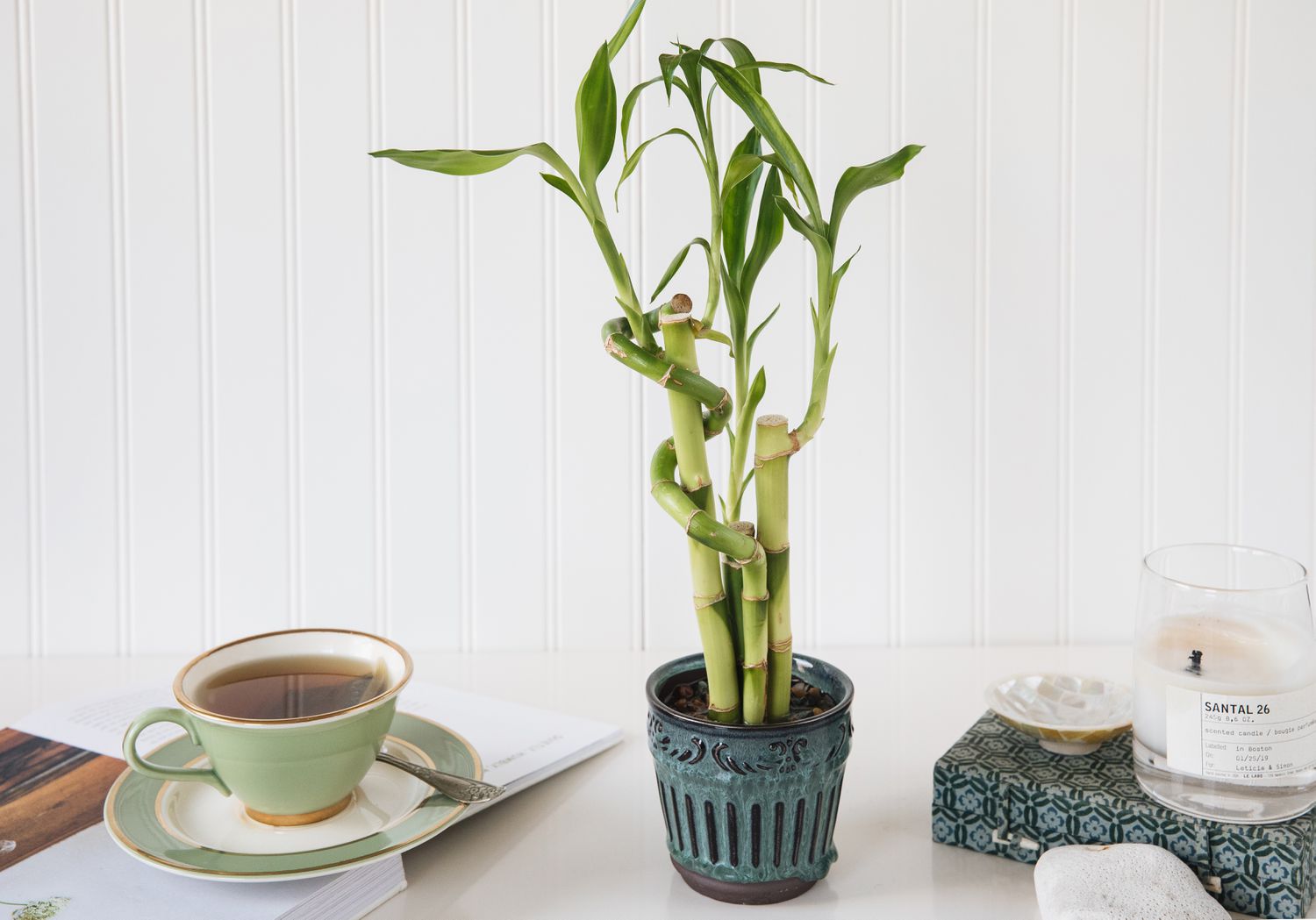
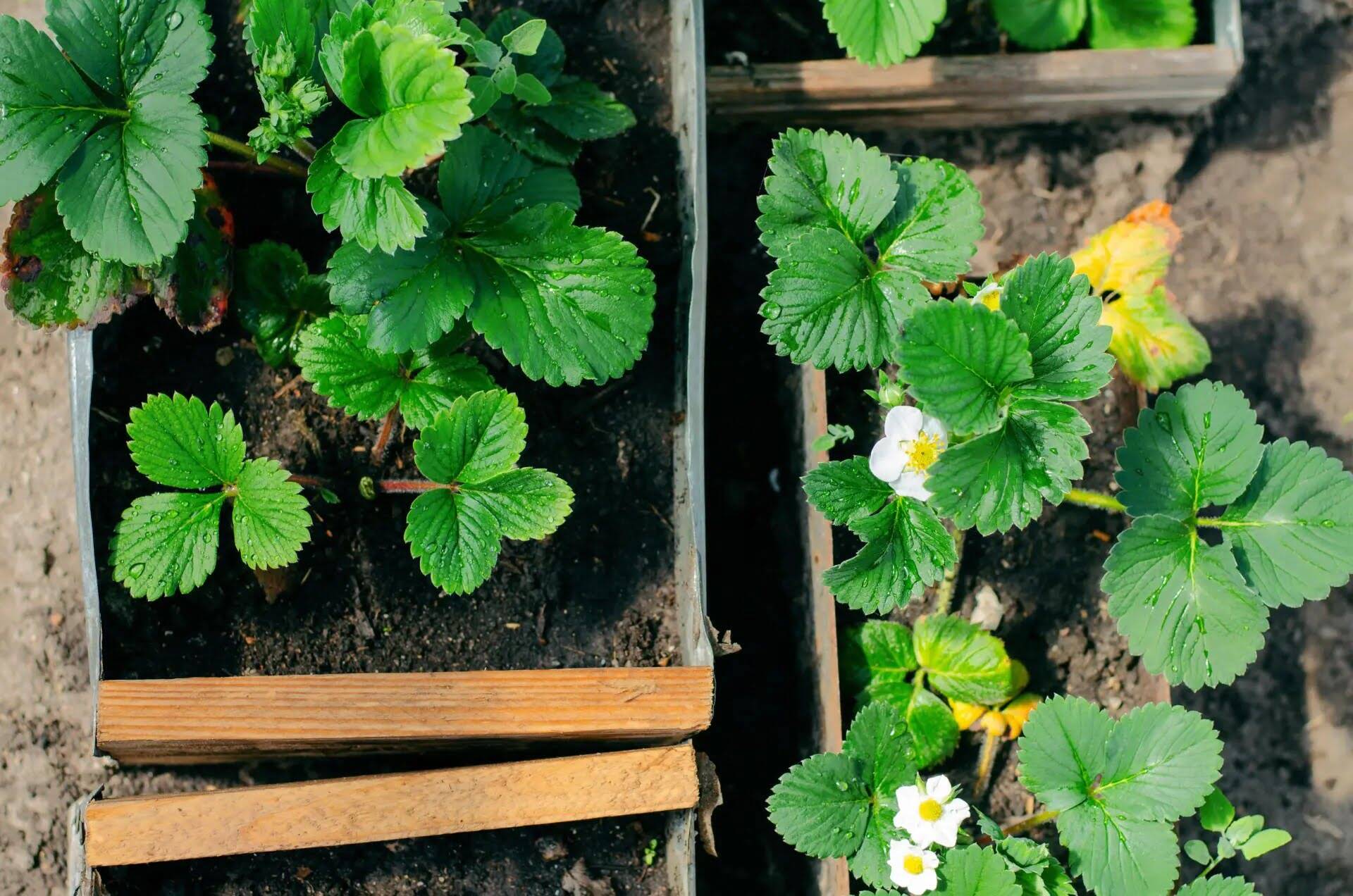
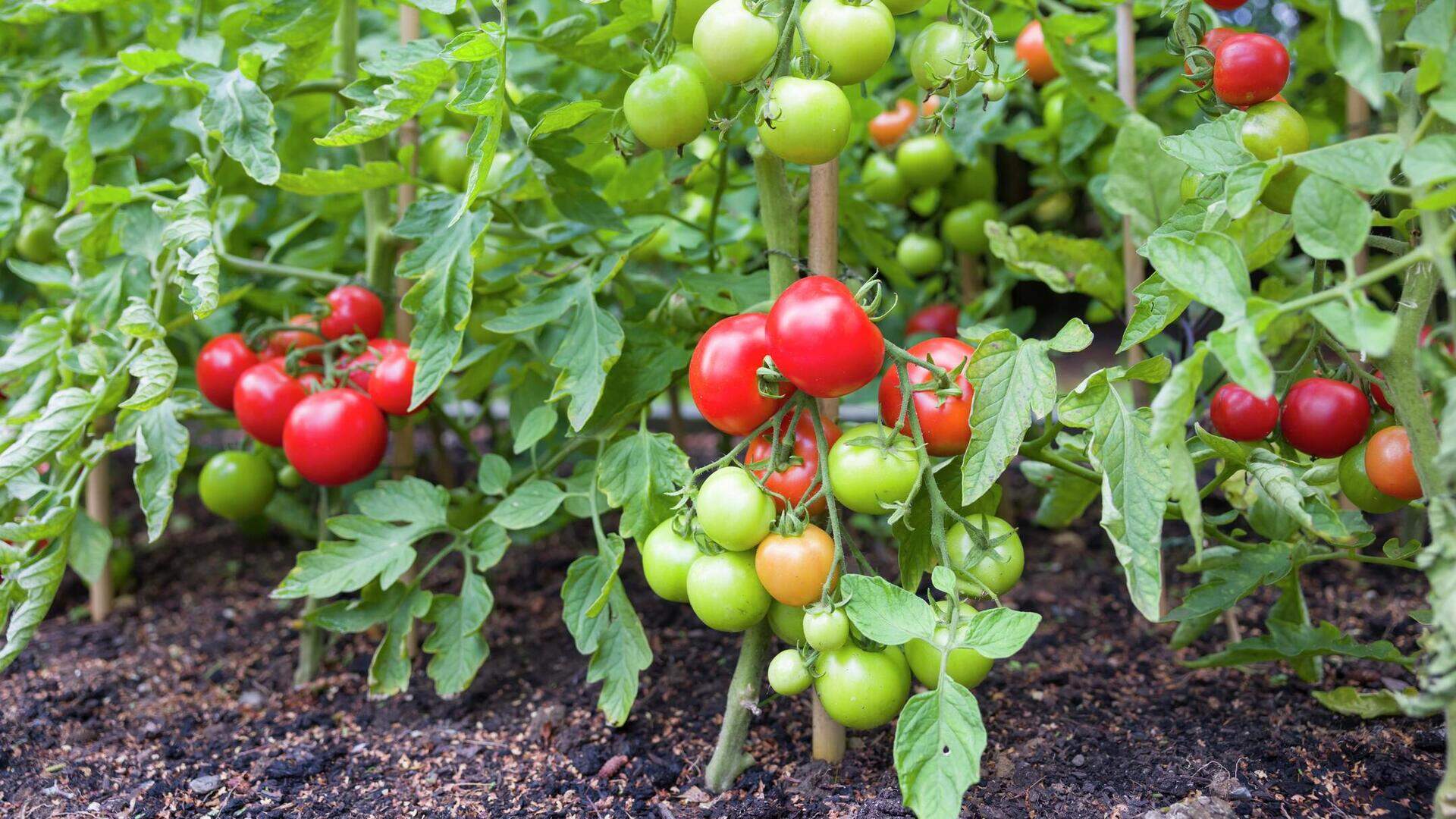
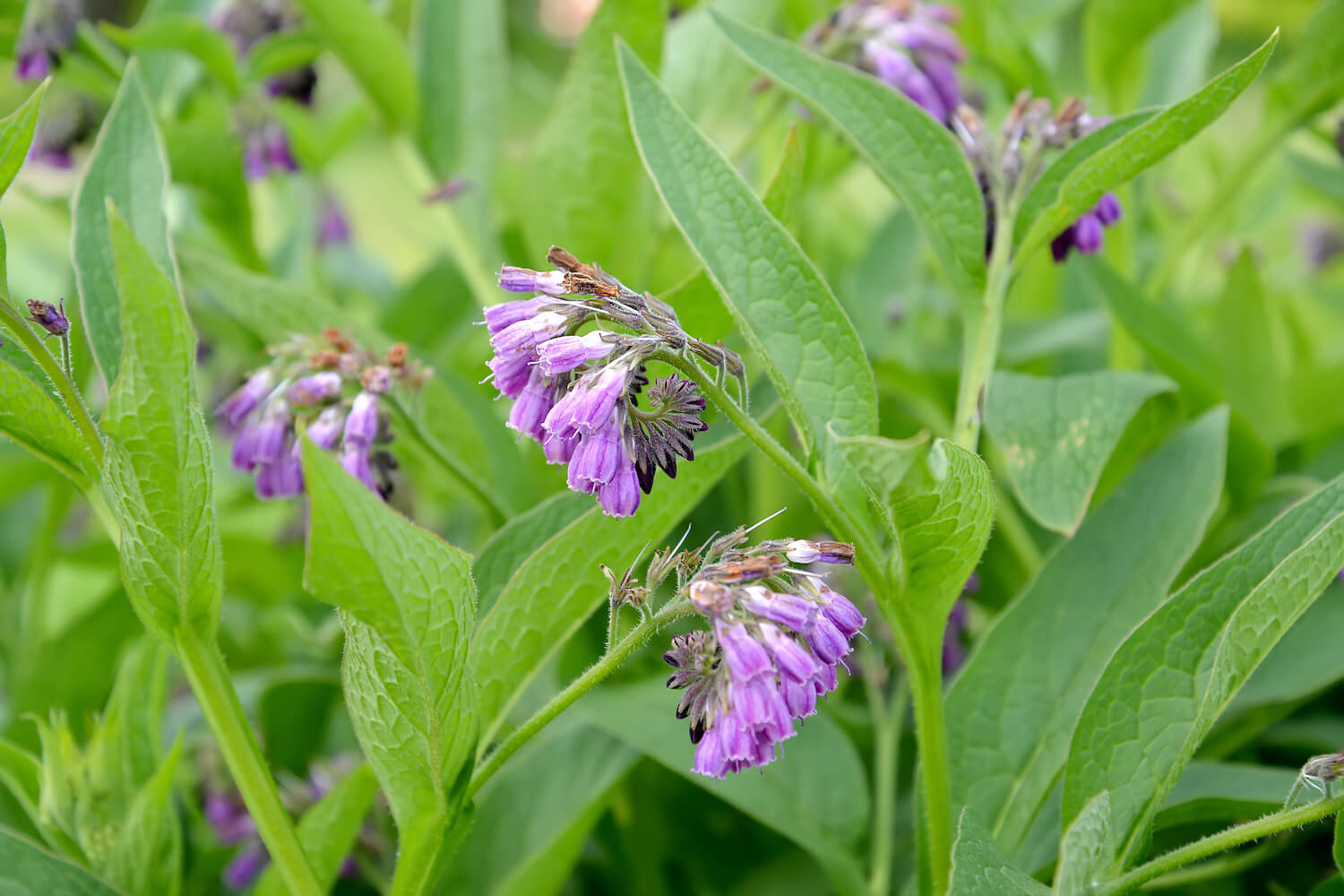
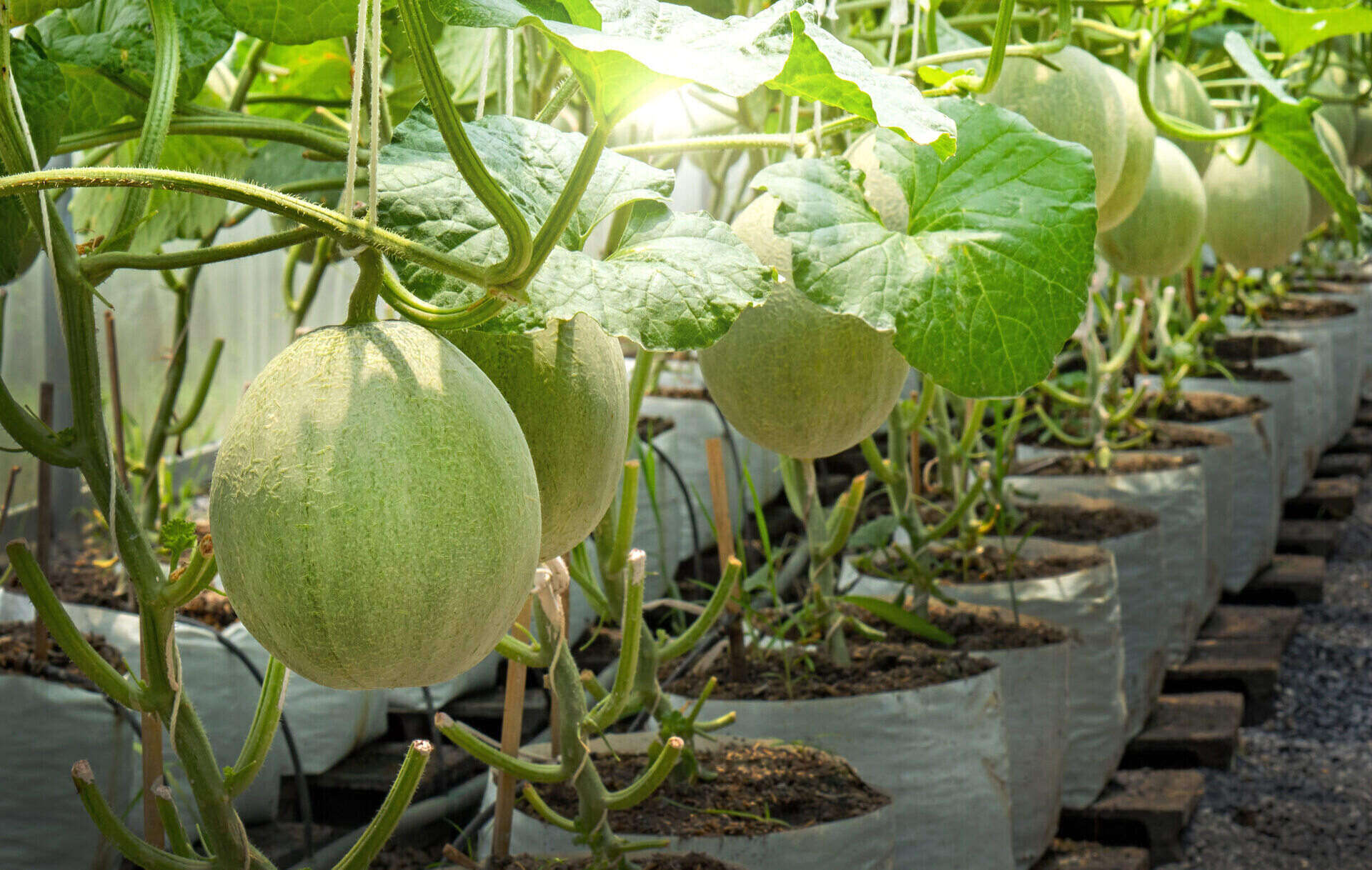
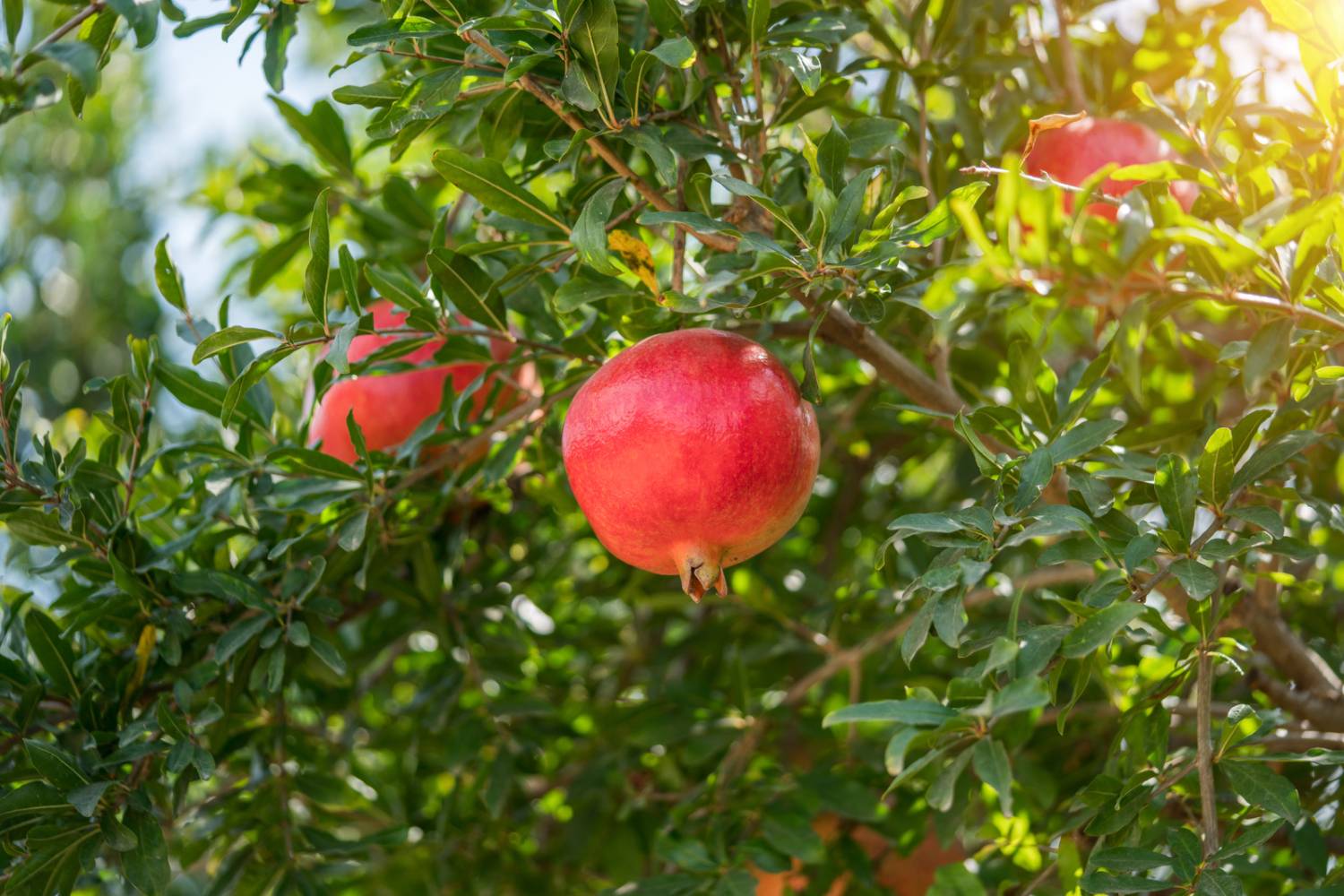
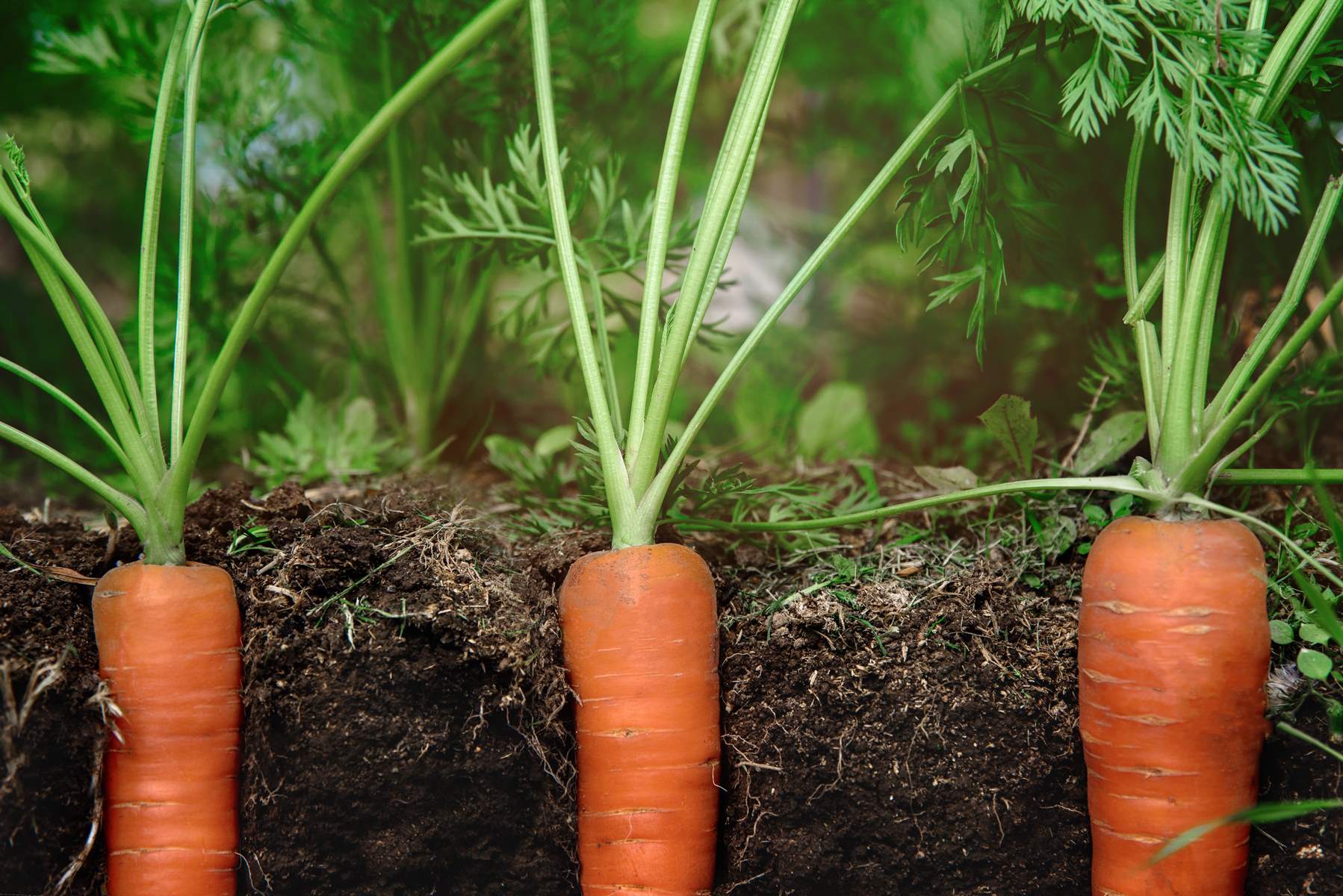
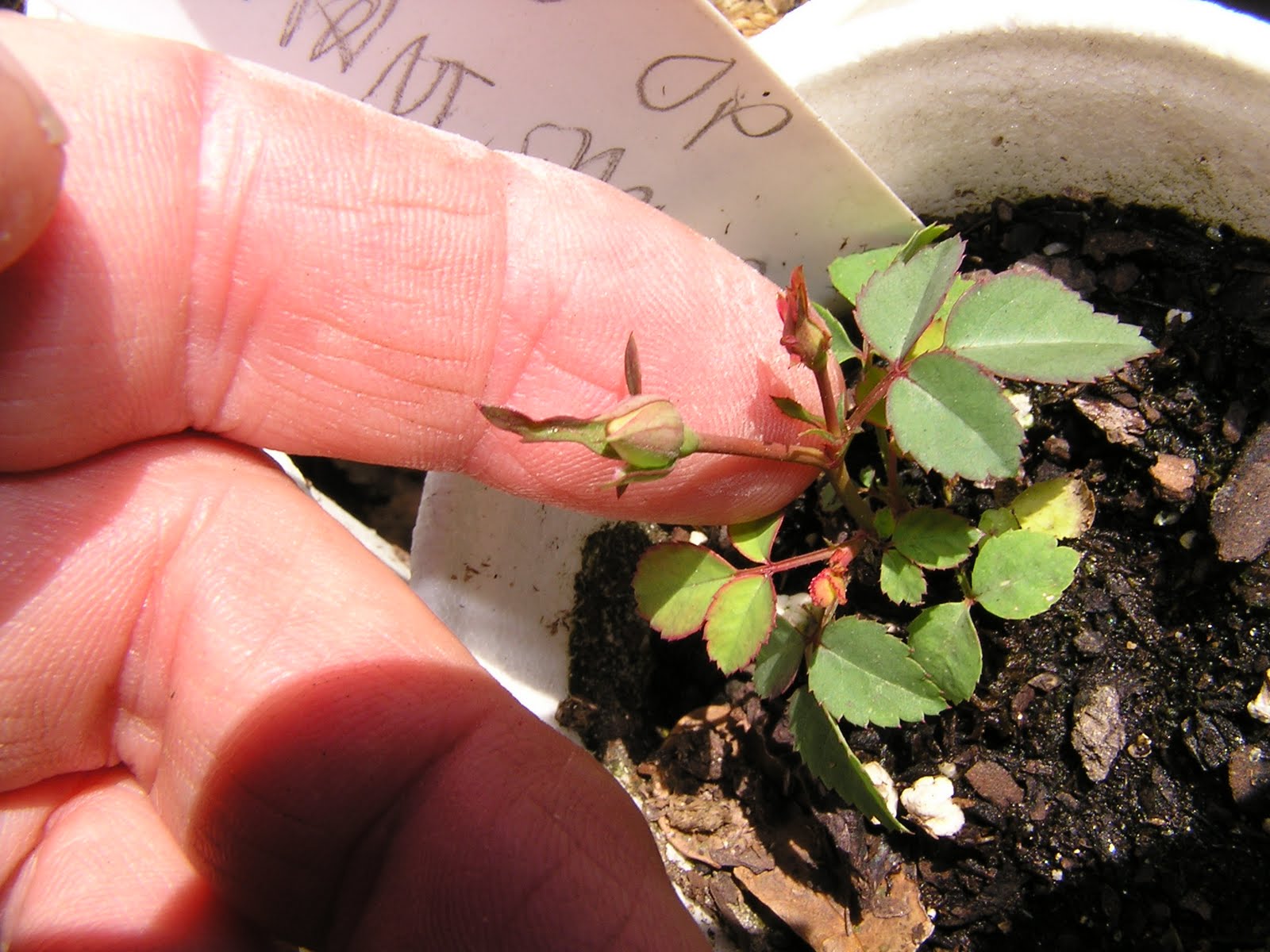
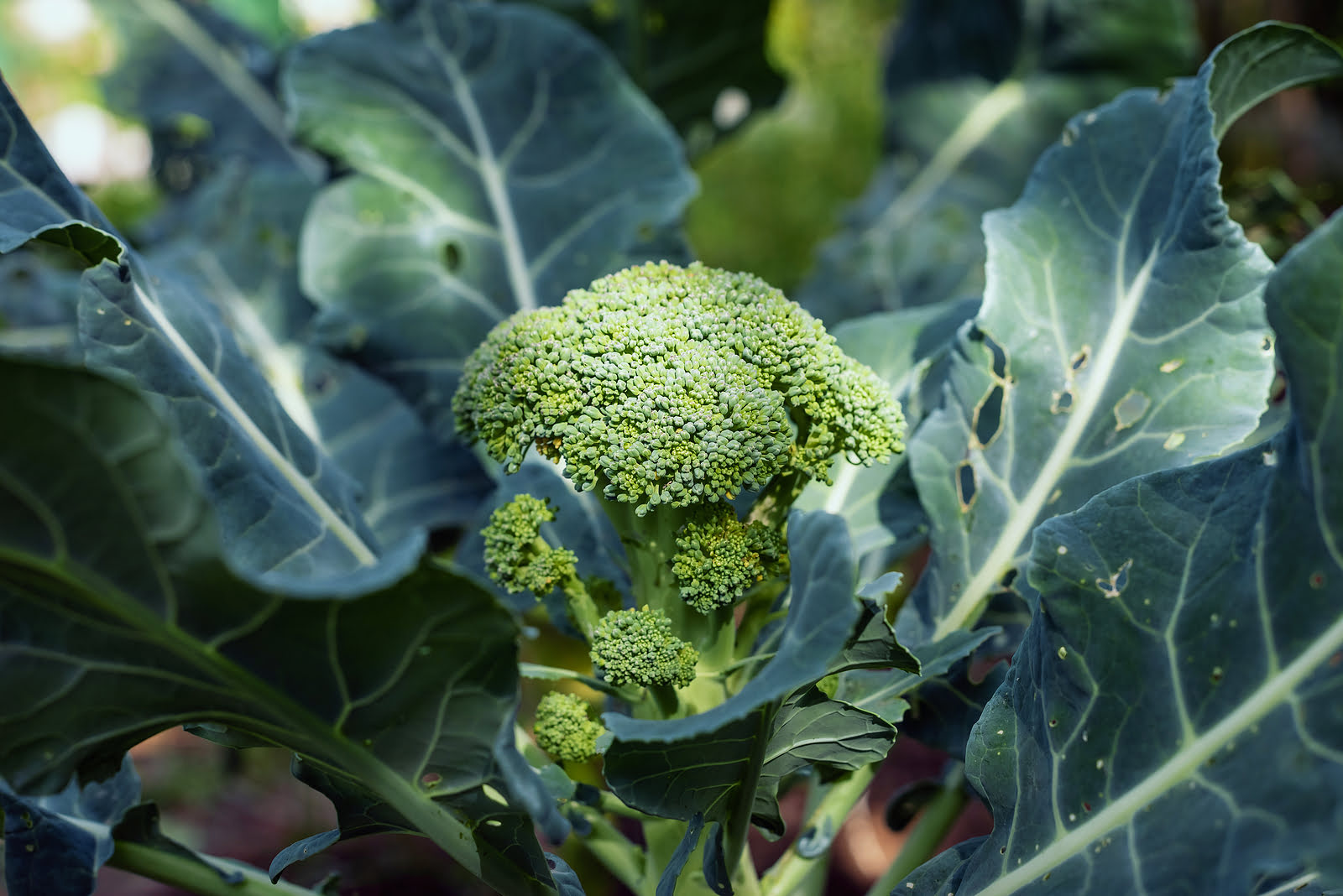
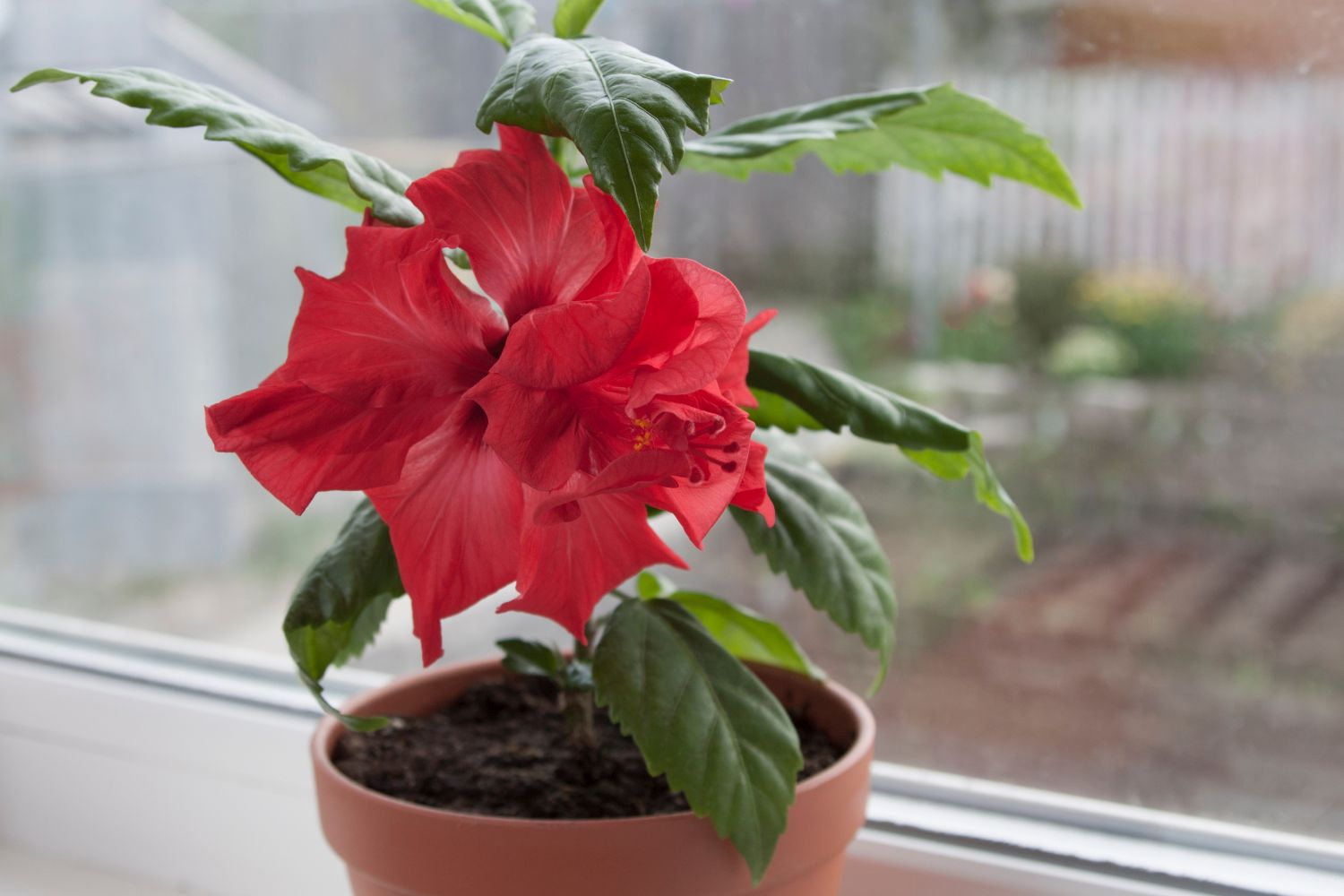
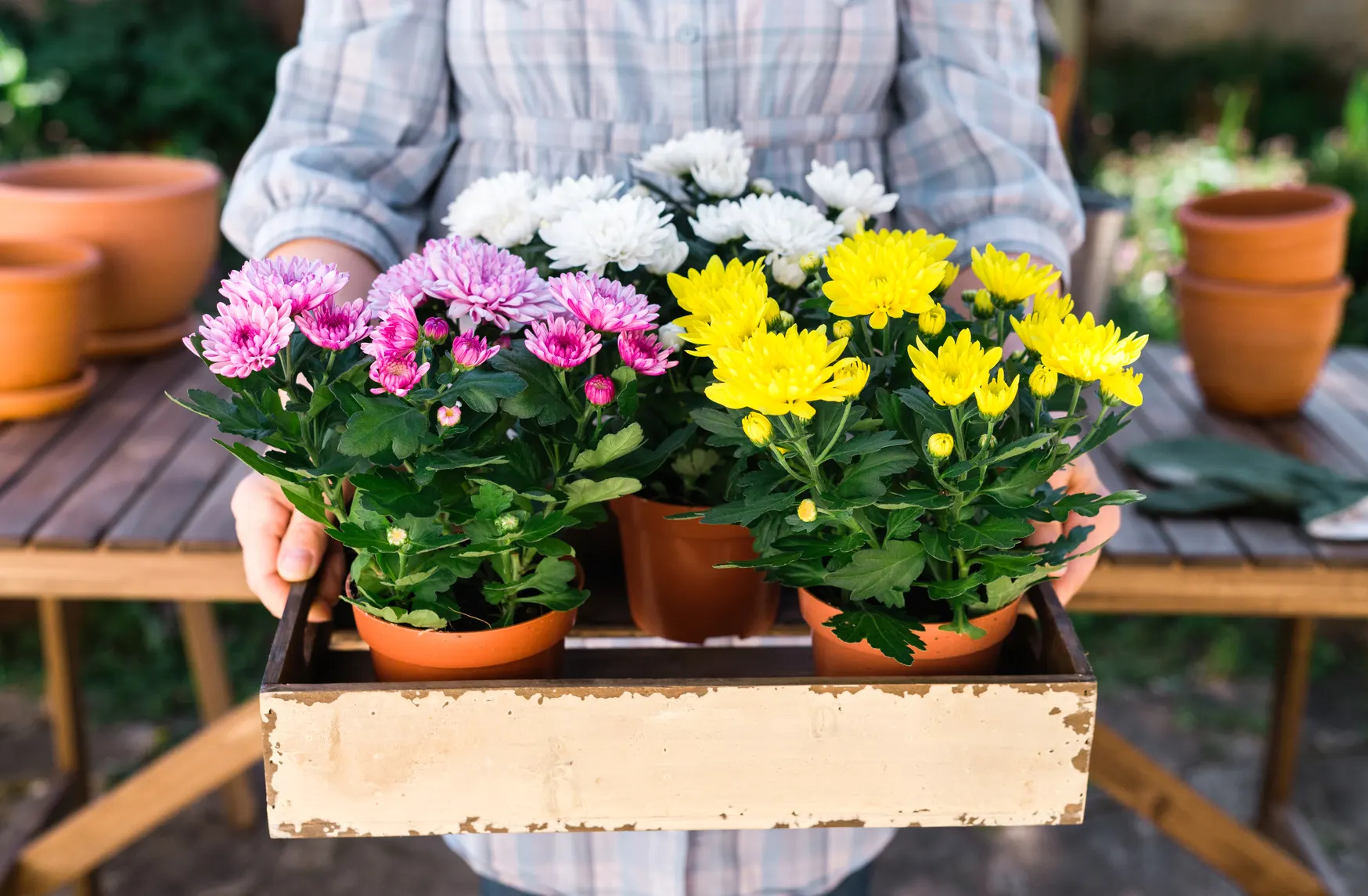

0 thoughts on “How Long Does It Take For A Daisy To Grow From A Seed”